Since its founding, BSNL has had a net loss totaling Rs. 57 671 crores. Govt
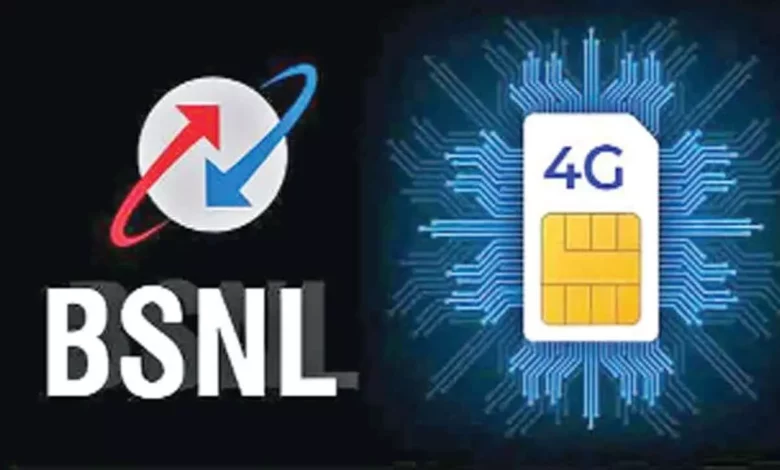
Since its founding, BSNL has had a net loss totaling Rs. 57 671 crores. Govt
According to information provided to the Parliament on Friday, MTNL has a cumulative net loss of Rs 14,989 crore as of March 31, 2022, compared to Rs 57,671 crore for BSNL from its foundation.
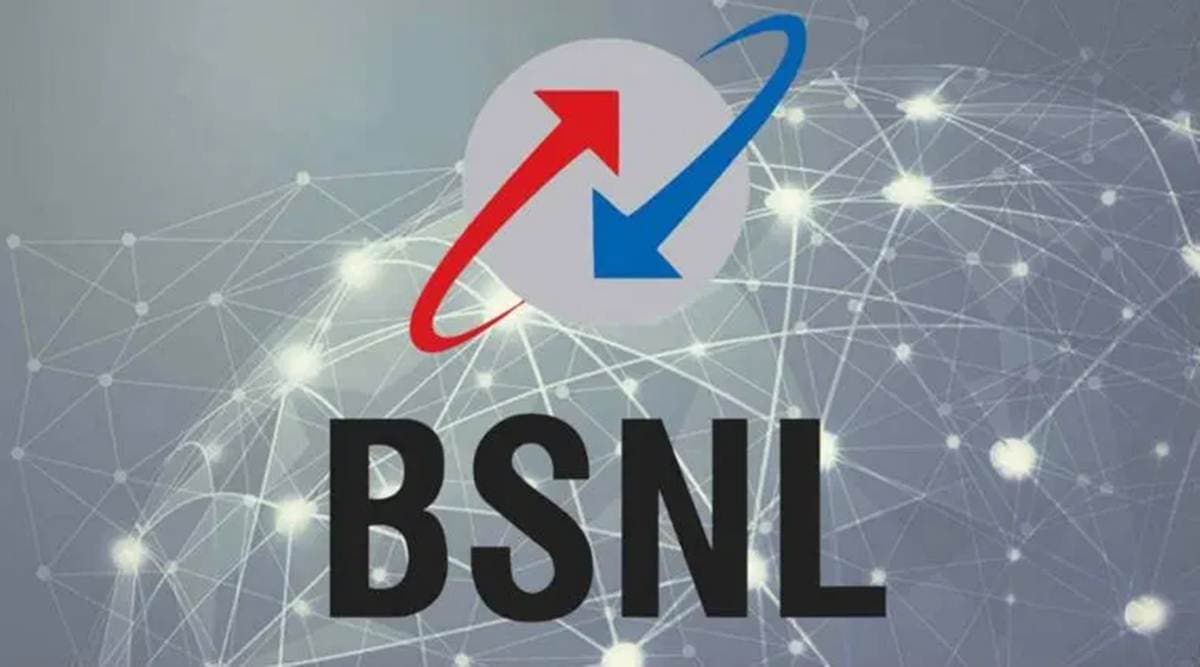
According to the Ministry of Communication, the BSNL and MTNL’s losses can be attributed to their high staff costs over time, heavy debt loads, market competition, and a lack of 4G networks (except on a limited basis in some areas). The government approved the resuscitation program for BSNL and MTNL on October 23, 2019.
The Rajya Sabha received a written response in which it was stated that the committee had approved, in other things, the reduction of employee costs through the Voluntary State Pension (VRS), loan revamping through the issuance of self-governing of guarantee bonds, an organizational part of the spectral range for 4G services thru the capital injection, monetization of cornerstone and non-core investments, and in-principle approbation of the merger of BSNL and MTNL.
With the financial year 2020–21, BSNL and MTNL have achieved EBITDA (Earnings After Interest, Taxes, Amortization, and Amortization) profitability.
Additionally, on July 27, 2022, the government authorized a revival plan for BSNL of Rs 1.64 lakh crore to turn BSNL into a thriving public sector business. The recovery plans that center on injecting new money for BSNL’s fiber networking expansion, spectrum allocation, balance sheet de-stressing, and motivating its services. Bharat Internet Nigam Ltd (BBNL) would be merged into BSNL. The Ministry predicted that BSNL would recover and start turning a profit if these steps were put in place.
The Ministry stated that in the growth of the communications infrastructure and extension of telecom services, BSNL and MTNL have been playing a major role in private telecom businesses. The implementation of the citizen-centric government of India programs relies heavily on BSNL and MTNL, specifically in unreachable rural and remote areas.
As of September 30, 2022, BSNL had provided 24,58,827 FTTH links. Further, BSNL was told to roll out the Indian 4G stacking in accordance with the Government’s Atma-nirbhar plan. For the need of 1.6 million 4G sites, BSNL published the contract in October 2022, it was said.
The telecom industry boasted intense competition between 2000 and 2010, keeping private and government service providers on their toes. Bharat Sanchar Nigam experienced both a rise and subsequent decline in the early 2000s. The government established the public service undertaking (PSU) in October 2000, and the first deficit was detailed during the 2009–2010 fiscal year.
What was then regarded to be India’s dependable telecom brand was under immense pressure from rival companies like Ambani and Airtel. Government-owned companies like BSNL and MTNL were in competition with businesses like Hutch, Vodafone, Idea, Airtel, Bharti Airtel, and Reliance.
The days when smartphones with pictures and websites were a luxury are long gone. In those bygone eras, when a household had just one cell device, BSNL aimed for a user base surface of 4 million. The PSU’s circumstances only deteriorated during the ensuing years. BSNL made a profit of 1,444 crores in the fiscal year that ended in 2003, a sharp decline of 76% from the profit made the year before.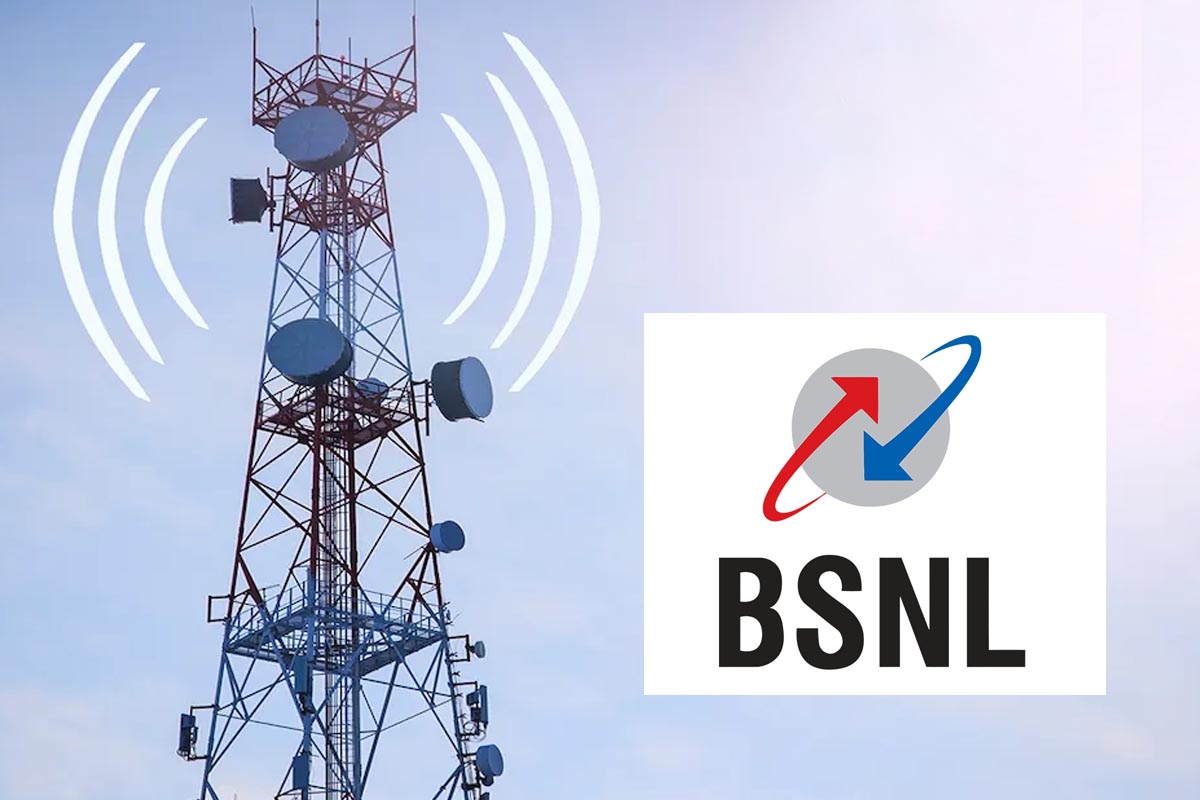
The business asked the government for a rescue package worth 40,000 crores in 2021. A government guarantee to start their short-term debt was sought with around half of the aid package’s funds. If the business installed 100,000 node B (mobile networking) mobile sites, the remaining 20,000 crores would be used.
In the past, BSNL was renowned for providing telecom services to places where commerce was not possible. Financial Express stated in 2019 that the government could think of the company’s permanent closure due to growing tensions. It is effortless for the state to declare that it will shut down the corporation, according to the former finance director for BSNL.
The business has provided the government with big returns. The type of investments in the industry has more than compensated for itself. According to the other director, the corporation reimbursed the government several times from 2000 to 2008. Causes of the Demise Numerous telecom experts attribute the PSU’s downward slide to excessive red tape and sluggish decision-making.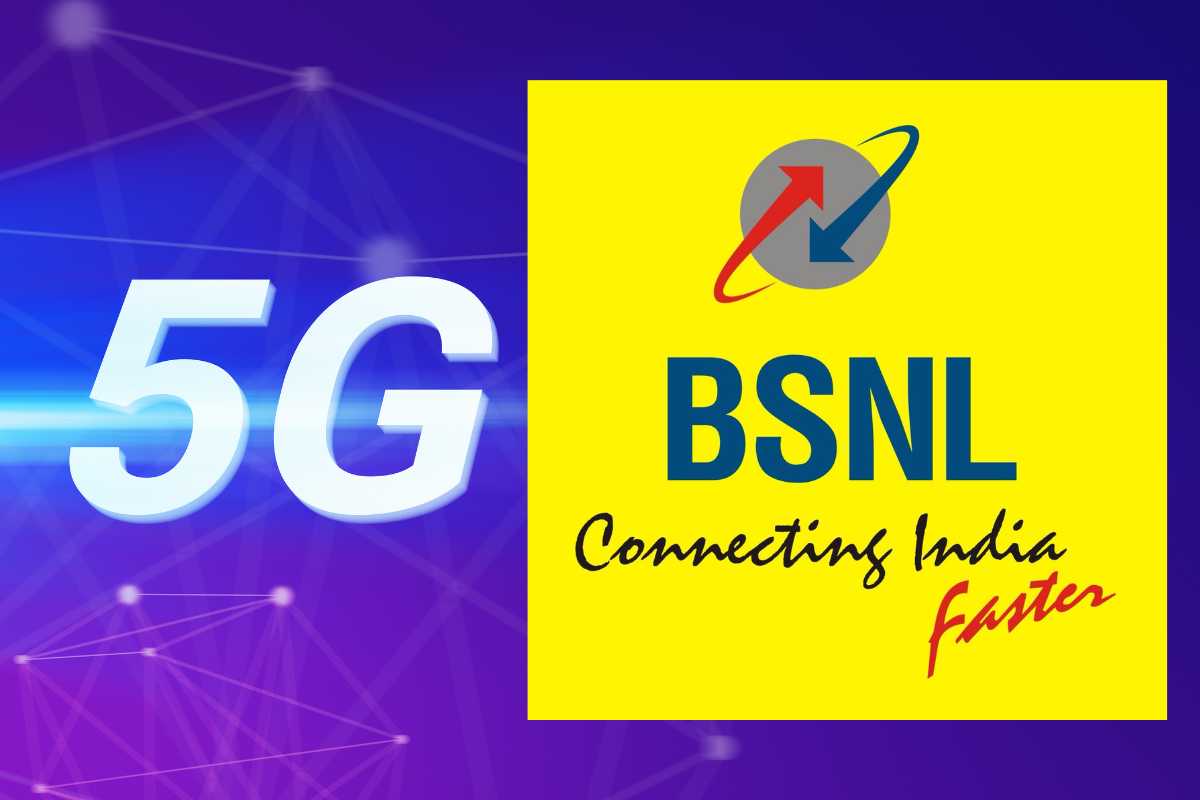
W0e Even as recently as 2019, BSNL was a dependable fixed-line service provider, but it could not compete in mobile networks with its quick-thinking private rivals. Because of decreased prices and more competition from other growing companies, the company’s high maintenance costs for its staff accounted for between 55 and 60 percent of its expenditure.
One can pinpoint persistent and unregulated government involvement and adamant union opposition to selling a stake in PSUs because of the root causes of the bad state of things for BSNL. With the release of Jio, Mukesh Ambani-led Reliance seized most of the telecom market. Other service providers like Vodafone, Idea, and the like faded off the map to be a result of the decision’s major influence. The important switch to Jio was a major setback for BSNL and other telecom companies.
Small telecom companies just disappeared, while others became heavily indebted. To balance their losses, Vodafone and Idea combined, but Airtel survived. However, each business can compete with Reliance in the current market.
What Is The Telecom Industry’s Future?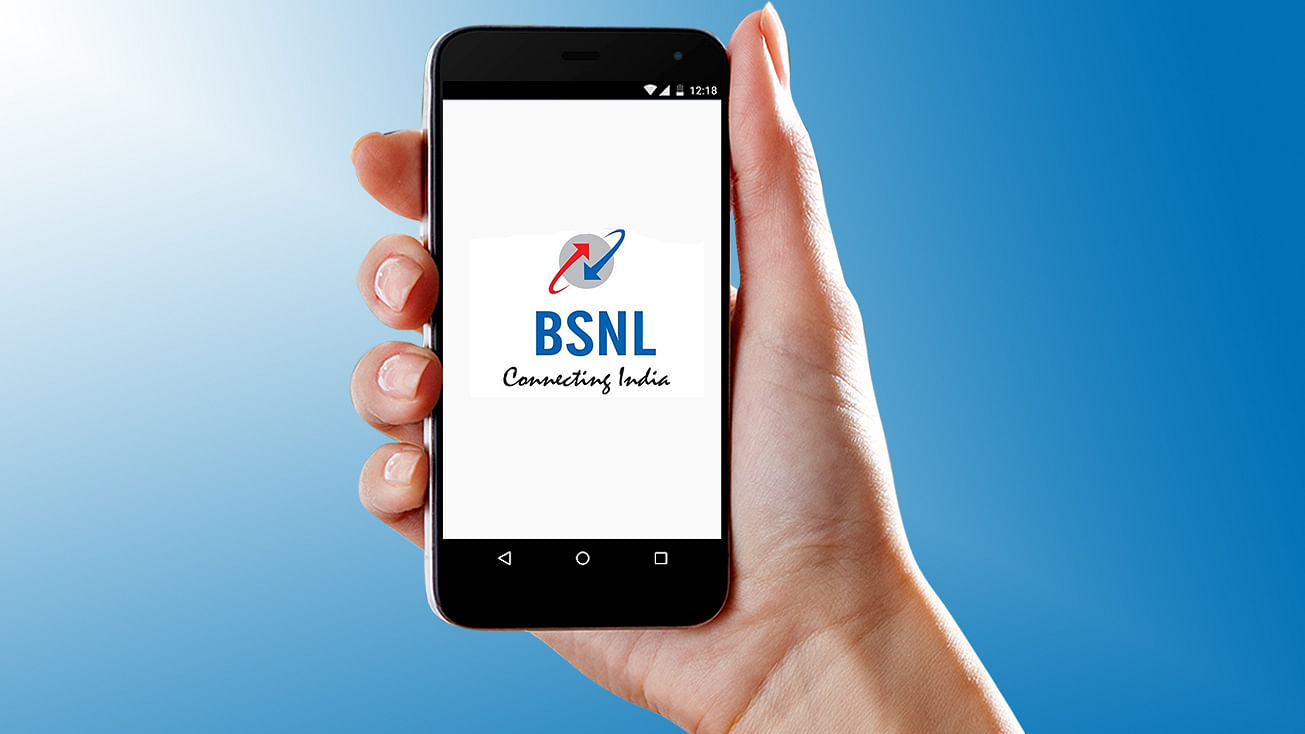
With 436.69 million followers, Jio is presently the largest service provider. Airtel is second with 193.74 million, VI is third with 121.41 million, & BSNL is having trouble keeping 16.67 million customers. However, it is debatable whether it is practical for Indian consumers to rely purposely on private businesses for important things like a website and a reliable cellphone connection.
It may be preferable for the state to deem the service “important” and stop treating it like a commodity since the changing times, and everyone must use a mobile phone to complete their daily to daily activities. The consumer can receive amazing services at the lowest costs, and the industry does not become monopolistic or duopolistic.
edited and proofread by nikita sharma



